Sustainability Focus
The Linen Fabric Market is experiencing a notable shift towards sustainability, driven by increasing consumer awareness regarding environmental issues. As eco-friendly materials gain traction, linen, known for its biodegradable properties, is becoming a preferred choice among environmentally conscious consumers. The demand for sustainable textiles is projected to grow, with the linen segment expected to capture a larger market share. This trend is further supported by various initiatives aimed at promoting sustainable practices within the textile industry. As a result, manufacturers are increasingly investing in sustainable production methods, which could enhance the overall appeal of linen fabrics. The emphasis on sustainability not only aligns with consumer preferences but also positions the Linen Fabric Market favorably in a competitive landscape, potentially leading to increased sales and market penetration.
Versatile Applications
The versatility of linen fabric is a significant driver for the Linen Fabric Market. Linen is utilized across various sectors, including fashion, home textiles, and industrial applications. Its natural breathability and moisture-wicking properties make it an ideal choice for summer clothing, while its durability ensures longevity in home furnishings. The increasing trend of casual and comfortable clothing is further propelling the demand for linen in the fashion industry. Additionally, the rise in home decor trends that favor natural materials is boosting the use of linen in curtains, tablecloths, and upholstery. This broad range of applications not only enhances the market potential but also attracts a diverse consumer base, thereby contributing to the overall growth of the Linen Fabric Market.
Health and Wellness Trends
The growing emphasis on health and wellness is influencing the Linen Fabric Market. Consumers are increasingly seeking textiles that promote comfort and well-being, and linen, with its hypoallergenic and breathable characteristics, fits this demand perfectly. The fabric's natural properties help regulate body temperature, making it a popular choice for bedding and sleepwear. As the wellness movement continues to gain momentum, the demand for linen products that enhance sleep quality and comfort is likely to rise. This trend is further supported by the increasing awareness of the benefits of natural fibers over synthetic alternatives. Consequently, the Linen Fabric Market may experience a boost in sales as more consumers prioritize health-conscious choices in their textile selections.
Technological Advancements
Technological advancements are playing a crucial role in shaping the Linen Fabric Market. Innovations in textile manufacturing processes, such as automated weaving and dyeing techniques, are enhancing the efficiency and quality of linen production. These advancements allow for the creation of linen fabrics that are not only more durable but also exhibit improved aesthetic qualities. Furthermore, the integration of digital technologies in design and production is enabling manufacturers to respond swiftly to changing consumer preferences. As a result, the Linen Fabric Market is likely to witness a surge in product offerings that cater to diverse market segments. The ongoing research and development efforts in textile technology may also lead to the introduction of new linen blends, expanding the scope of applications and driving market growth.
Cultural and Aesthetic Appeal
The cultural and aesthetic appeal of linen fabric is a compelling driver for the Linen Fabric Market. Linen has a rich history and is often associated with luxury and sophistication, making it a favored choice among designers and consumers alike. The fabric's unique texture and natural luster contribute to its aesthetic value, which is particularly appealing in high-end fashion and home decor. As consumers increasingly seek distinctive and artisanal products, the demand for linen is likely to grow. Additionally, the resurgence of interest in traditional craftsmanship and heritage textiles is further enhancing the allure of linen. This cultural significance not only elevates the status of linen within the market but also encourages consumers to invest in quality pieces, thereby driving the overall growth of the Linen Fabric Market.


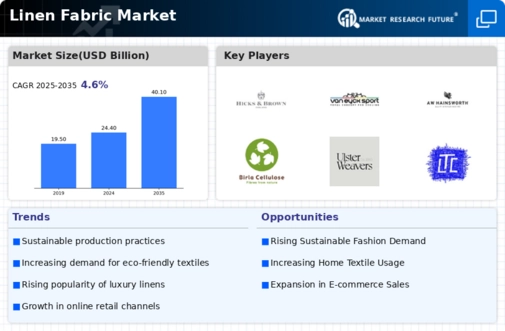
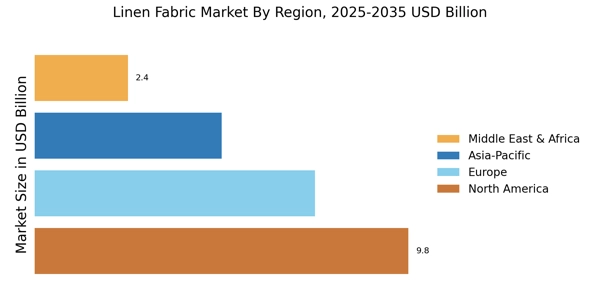
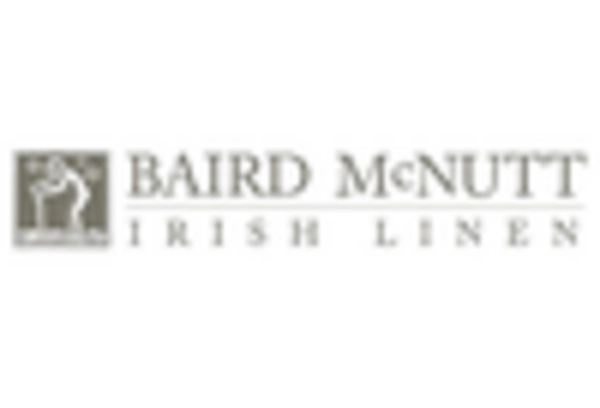
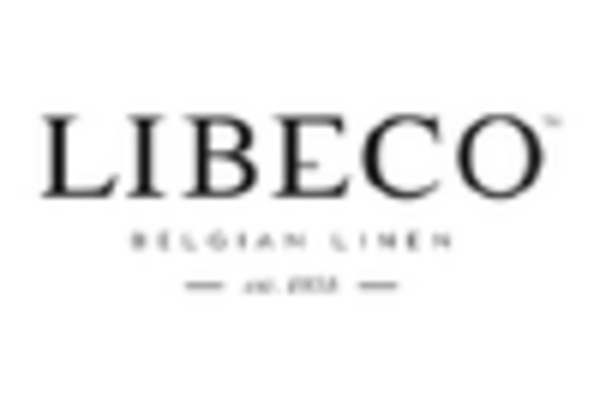
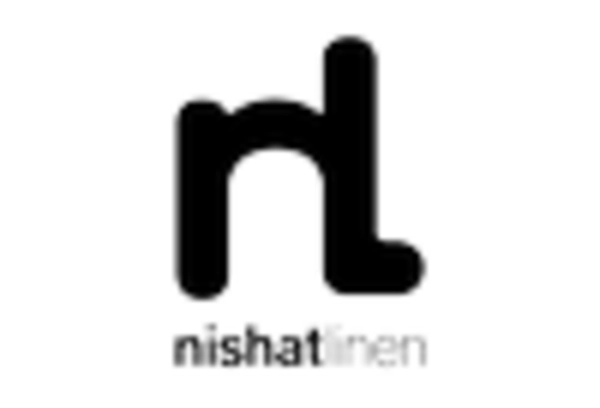
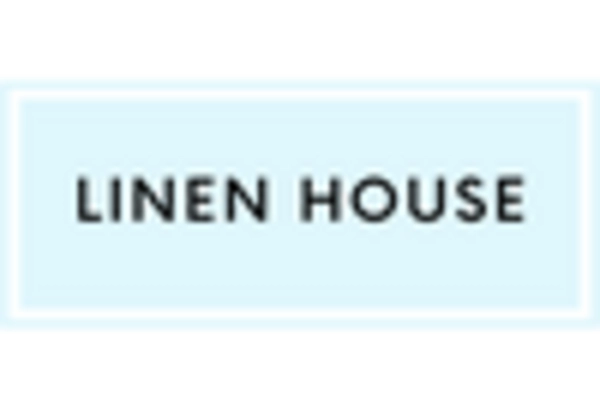

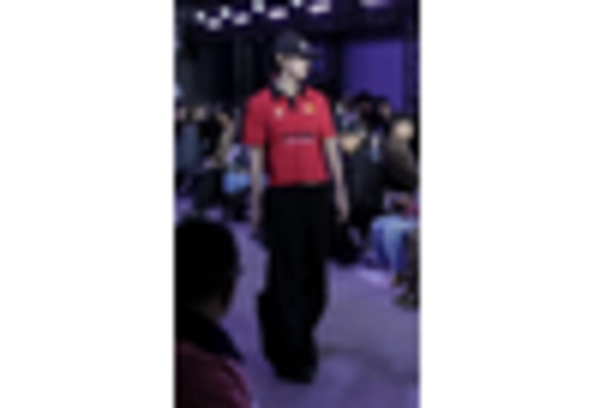








Leave a Comment